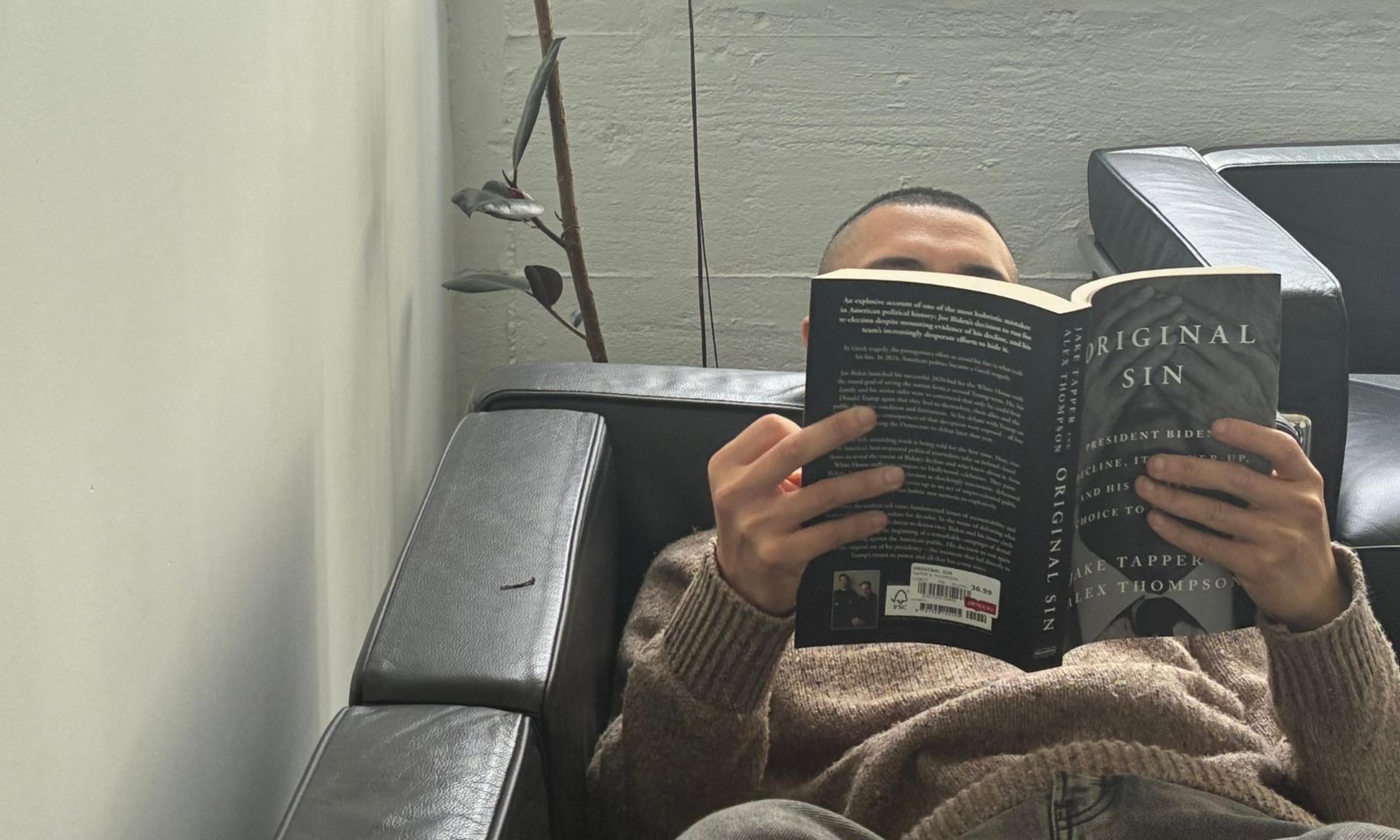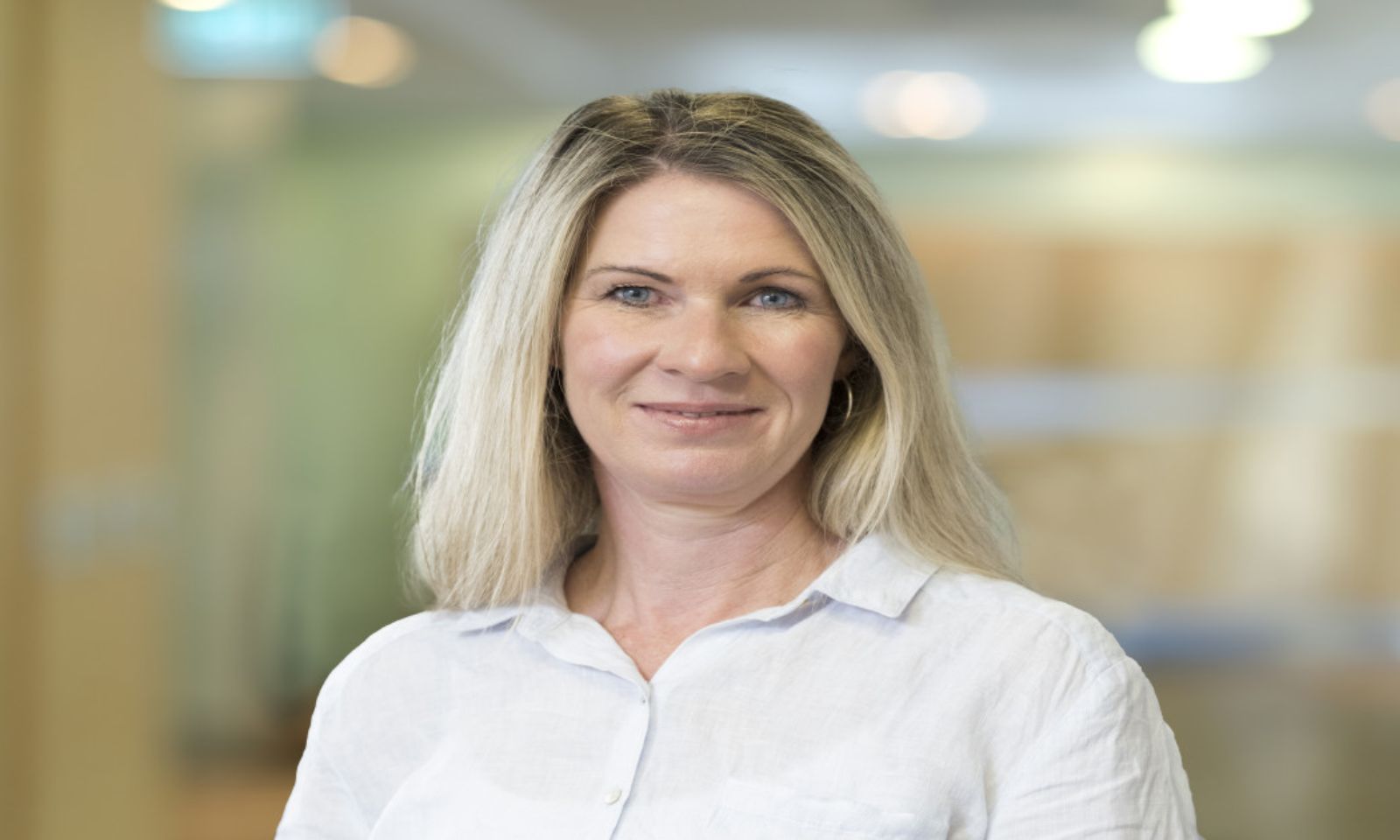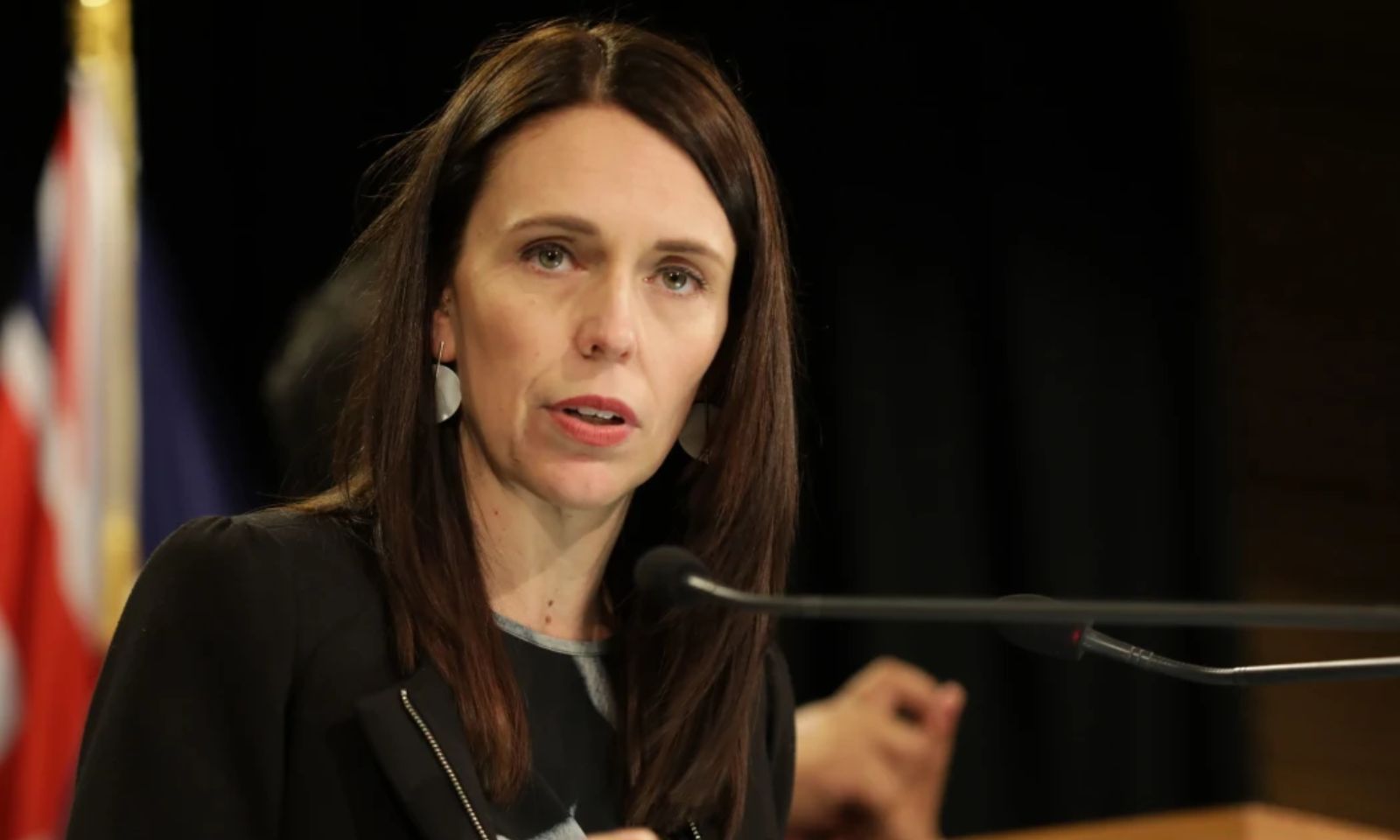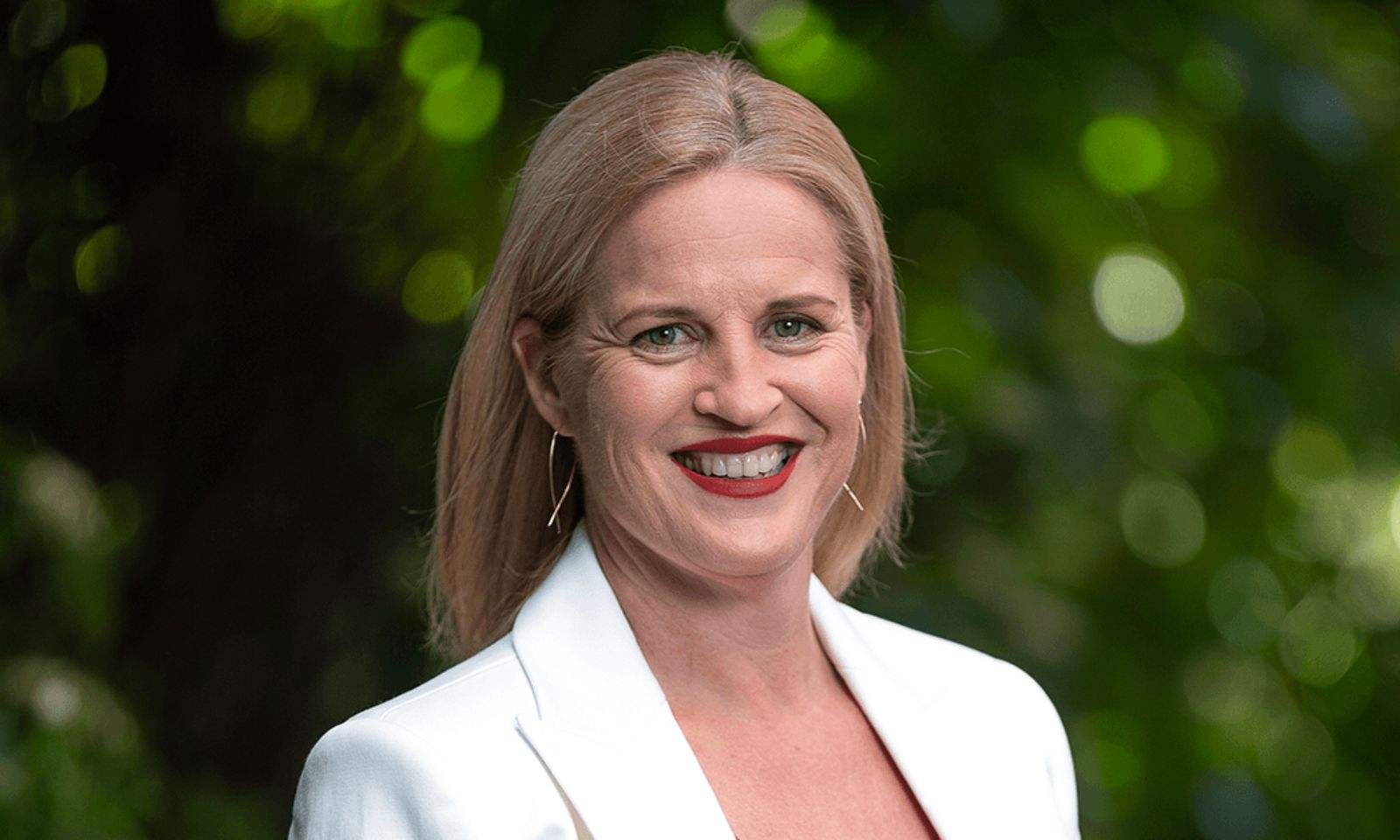

Photo /NZ Doctor.
'Children are more than numbers': NGOs disappointed in govt rejecting child poverty reduction investment
The Child Poverty Reduction Minister has rejected spending $3 billion a year to halve child poverty by 2028 saying there are better ways to achieve that target.


‘Love is justice, lived out loud’: Reverend Wayne Toleafoa honoured for service


Pacific leaders humbled by recognition in New Year 2026 Honours

Climate disasters in 2025 impact Pacific children, review finds

‘Love is justice, lived out loud’: Reverend Wayne Toleafoa honoured for service


Pacific leaders humbled by recognition in New Year 2026 Honours
Save The Children (STC) have called on the government to look at the multi-billion dollar price to reduce child poverty as an investment rather than a cost.
Top officials advised the government that $3 billion annually is needed for Aotearoa to reach the previous government's 2018 to 2028 child poverty reduction target.
However, Child Poverty Minister Louise Upston said she would not write the cheque and plans to achieve reduction through other means.
Speaking to William Terite on Pacific Mornings, STC child rights advocacy and research director Jacqui Southey said the figure needs a different lens.
She said rather than a cheque, it is a government investment in welfare levels, housing support, health, and access to early childhood education.
"We need to change the narrative from 'not writing the cheque' to seeing it as an investment in the wellbeing and future of all of New Zealand," Southey said.
"When all of our children do well we prosper as a society.
"Our children now are going to be the income earners in the next 15 to 20 years and we need to know they're well equipped to do that."

Jacqui Southey. Photo /Save The Chidlren.
Treasury highlighted in an April briefing that Labour's poverty targets, set in 2018 by then-Child Poverty Reduction Minister Jacinda Ardern, were no longer "realistically achievable" as it has fallen off track.
Ardern's bill, The Child Poverty Reduction Act (2018), made it a requirement for the government to set three-year targets that support greater 10-year targets in reducing child poverty in New Zealand.
Among Labour’s primary goals was reducing children experiencing material hardship from 13.3 per cent to 6 per cent by mid-2028, resulting in 70,000 less children in material hardship.
However, figures show between 2021 and 2022 that material hardship for children was at 10.5 per cent, which then increased to 12.5 per cent between 2022 and 2023 - significantly missing Labour's estimation of 9 per cent by June this year.

Six years on with four to go since Ardern ushered in the groundbreaking Child Poverty Reduction Bill. Photo /RNZ/Rebekah Parsons-King.
Upston’s alternative faces criticism by child poverty NGO
Officials also presented Upston with an alternative and achievable target for 2028 which she rejected.
She told RNZ that the approach would increase further welfare-dependency and children growing up in benefit-dependent homes, and that the previous government’s approach failed considering all three primary measures of child poverty increased in 2023 alongside an additional 4,100 children in material hardship over Labour’s six years.
Instead, Upston will follow Treasury modelling that showed investments in Budget 2024 in health, education and employment should uplift 17,000 children out of poverty on the after-housing costs primary measure by 2026/27.
"We know this approach works, because during the last four full years of the previous National-led government, from 2012/13 to 2016/17, the number of children in material hardship fell by 56,200.”
However, Child Poverty Action Group’s Executive Officer Sarita Divis said the minister “has not provided any solid evidence, modelling or data that shows her chosen path will result in us meeting the 2028 goal of halving child poverty”.
“We can accept that different Ministers might have different approaches to reducing child poverty, but Upston has not provided any compelling evidence that her plan will indeed work,” Divis said.
“At this point her plan appears to be more ‘concepts of plan’ rather than a well-evidenced work programme.
“We know that ending child poverty is the right and compassionate thing to do. We have signed up as a country to halve child poverty and ensure all children have what they need to live up to their potential. The Minister of Child Poverty Reduction needs to be the greatest champion.”
CPAG pointed out the annual $3 billion figure would be less than 1 per cent of GDP, according economist Bernard Hickey, and that they are disappointed the minister rejected both options from officials to instead “double-down on the more ambiguous plan of 'cutting taxes' and 'growing the economy' in order to lift children out of poverty”.

Louise Upston. Photo /National Party
ACT Party responds to ‘political choice’ behind child poverty
The ACT Party responded to Green Party’s Ricardo Menendez-March’s belief that child poverty is a political choice, which the Green MP repeated regarding Upston’s choice.
Party leader David Seymour said if it were as simple as spending three billion taxpayer dollars then the Green Party would have ended it while in government.
“Despite the Government making a political choice to pump an extra $3 billion per year into welfare, child poverty barely moved in this period,” he said.
“The Greens don’t need to speculate what would happen if a government spent an extra $3 billion dollars to end child poverty.
“The only true path out of poverty is building the individual’s capacity to provide for themselves and their family. There are no examples of anyone escaping poverty through dependence on others.”
Southey shared a similar perspective to Menendez-March saying that child poverty is a political choice, recentering on the reality that statistical talk on children only paints a fraction of the picture.
"These children are more than numbers, they're real children who are going without basics in life - affordable, safe, and warm housing, regular healthy meals, clothes, shoes and coats they need," Southey said.
"It's a political choice to not invest in - we need to invest in all of our children, especially those that are marginalised.
"The government has an important role in ensuring the wellbeing of all New Zealanders, especially our children living in poverty."